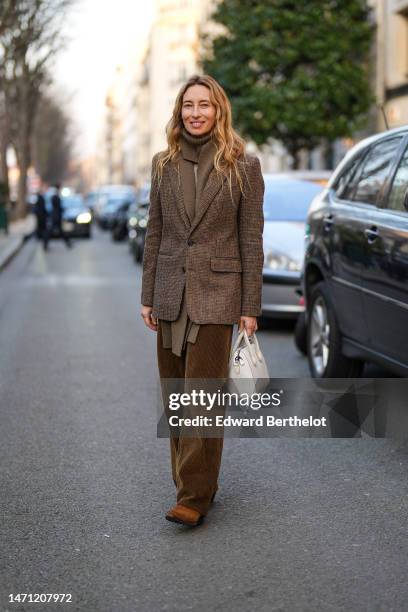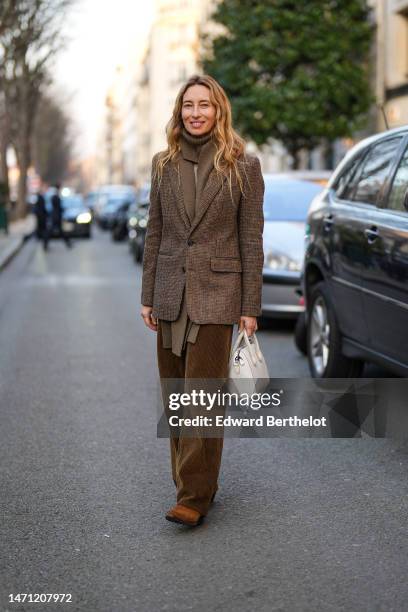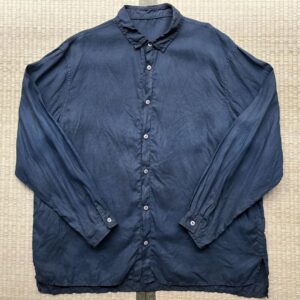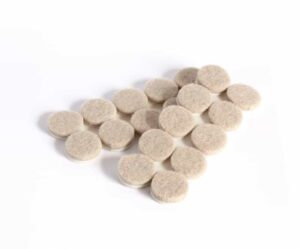Tan Wool vs Tan Velvet: Can These Fabrics Mix for Fashion and Sewing?

Fabric compatibility is crucial in fashion and sewing, as it influences the outcome of a project in terms of aesthetics and functionality. When it comes to mixing tan wool with tan velvet, understanding their compatibility can lead to stunning and durable creations. This article explores the compatibility of these fabrics, their properties, and how to effectively blend them in your projects.
Compatibility Analysis
Can You Mix Tan Wool and Tan Velvet? Yes, you can mix tan wool and tan velvet, but with careful consideration of their properties.
Why They Work Together
- Texture: Wool’s natural, slightly coarse texture contrasts beautifully with velvet’s smooth, plush finish, adding visual interest and depth.
- Weight and Thickness: Both fabrics are relatively heavyweight, making them suitable for structured garments and upholstery.
- Stretch and Care: Wool is more elastic than velvet, which is typically non-stretch. Both require delicate care, with velvet being more sensitive to water and heat.
- Durability: Wool is known for its durability, while velvet, depending on its fiber content, can be less resistant to wear.
Fabric Properties Comparison Table
| Property | Tan Wool | Tan Velvet |
|---|---|---|
| Fiber Content | Natural | Natural or Synthetic |
| Weight and Thickness | Medium to Heavy | Medium to Heavy |
| Breathability | High | Moderate |
| Moisture-Wicking | Yes | No |
| Stretch and Elasticity | Moderate | Low |
| Wrinkle Resistance | Moderate | High |
| Care Instructions | Hand wash/cool water | Dry clean or gentle wash |
| Durability | High | Moderate to High |
Benefits of Mixing These Fabrics
- Enhanced Texture: The combination of wool’s warmth and velvet’s sheen creates a rich, tactile experience.
- Improved Comfort: Wool’s breathability paired with velvet’s softness enhances comfort.
- Better Drape: The weight of both fabrics allows for garments that drape elegantly.
- Cost-Effectiveness: Mixing natural wool with synthetic velvet can reduce costs while maintaining quality.
- Seasonal Versatility: Suitable for fall and winter, offering warmth and style.
- Design Possibilities: From coats to home decor, the combination offers endless creative opportunities.
Potential Challenges
- Different Shrinkage Rates: Pre-wash fabrics to minimize differences.
- Conflicting Care Requirements: Opt for dry cleaning to accommodate both.
- Texture Clash or Pilling: Use a fabric shaver to manage pilling.
- Seam Puckering: Use a walking foot to manage fabric feed.
- Color Bleeding or Fading: Test for colorfastness before washing.
Practical Solutions
- Use interfacing to stabilize seams.
- Select neutral thread colors to blend with both fabrics.
- Test small swatches for care compatibility.
Sewing & Styling Tips
- Sewing Techniques: Use a ballpoint needle for wool and a sharp needle for velvet.
- Needle and Thread: Size 80/12 needle and polyester thread work well.
- Interfacing: Lightweight interfacing can provide structure without bulk.
- Seam Finishing: Use French seams or serging to prevent fraying.
- Pattern Selection: Choose patterns with simple lines to showcase fabric textures.
- Styling Ideas: Pair wool trousers with a velvet blazer for a chic look, or use the combination in cushions and drapes for luxurious home decor.
Care & Maintenance Guide
- Washing Instructions: Hand wash wool; dry clean velvet.
- Drying Recommendations: Lay flat to dry to maintain shape.
- Ironing and Steaming: Use a pressing cloth and low heat for wool; avoid direct heat on velvet.
- Stain Removal: Gently blot stains on wool; use a velvet brush for velvet.
- Long-Term Care: Store garments in breathable bags to prevent damage.
FAQ Section
- Can you wash tan wool and tan velvet together? It’s best to wash them separately due to different care needs.
- Will tan wool shrink more than tan velvet? Yes, wool is more prone to shrinkage.
- What needle size should I use for sewing these fabrics together? Use a size 80/12 needle.
- Can you mix tan wool and tan velvet in one garment? Yes, with attention to seam techniques and care.
- How do you prevent seam puckering when combining these fabrics? Use a walking foot and adjust tension settings.
- Is it okay to mix tan wool and tan velvet for upholstery? Yes, but ensure both are treated for durability.
- What’s the best way to finish seams with these fabrics? Use French seams or serging to prevent fraying.
By understanding the properties and compatibility of tan wool and tan velvet, you can create stunning garments and decor items that are both beautiful and functional. With careful selection and sewing techniques, these fabrics can be combined to enhance any project.



Leave a Reply